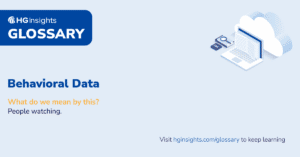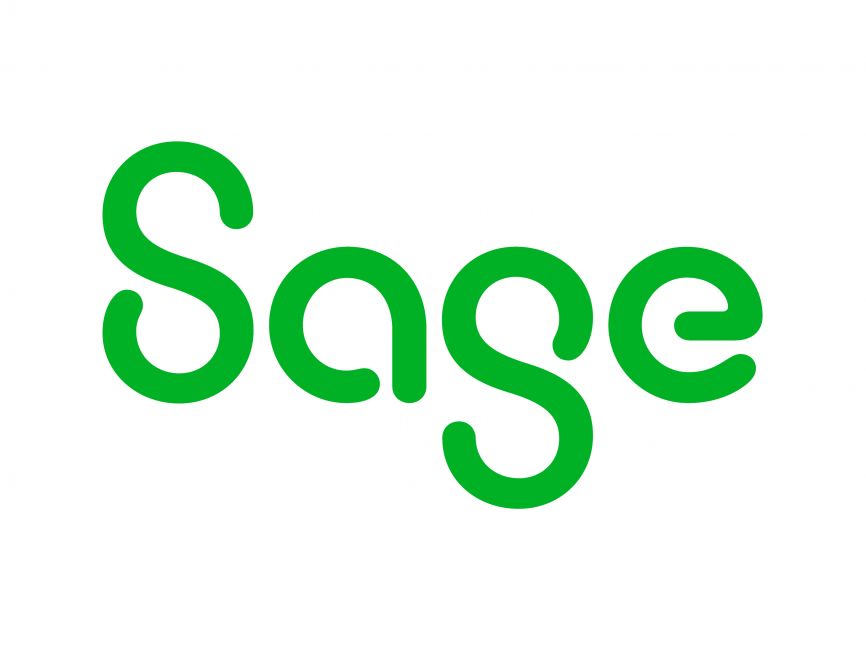Behavioral data is data accumulated from the observation of consumer behavior, namely their engagement with the business. Unlike firmographics, which focuses on full companies, behavioral data focuses on individuals customers.
What do we mean by this?
People watching.
What B2B behavioral data can tell you about a company
Generating leads for sales and other business to business interactions is almost entirely a data-driven process in 2021. And effective, actionable information makes use of a variety of data sources, including demographic, personal, and behavioral. Behavioral data is one which businesses have unique access to in the digital age and it is critical that you begin to incorporate this into your B2B market strategy.
In this post we’ll talk more about what behavioral data is and how you can leverage it to your competitive advantage.
What is behavioral data
Behavioral data, also called ‘intent data’, looks at interaction and subsequent action taken by a potential client. This can mean click-throughs, site navigation, CRM interaction, direct contact, page views, purchase histories, time spent on specific pages, and information requests like newsletter subscriptions. Sources of behavioral data include websites, apps, marketing systems, call centers, customer service platforms, and billing systems.
Behavioral data can always be traced back to a single end-user, either anonymous or named, who may be an independent client or an individual representing a larger business. In B2B interactions you will usually be able to discern the name of the company which is accessing your digital platforms.
Behavioral data for a business
Businesses are able to leverage behavioral data to help them understand how best to market themselves to a potential client. Behavioral data is also useful in understanding whether a potential client is a worthwhile lead: what they’re looking at, how long they’re staying, and whether they keep returning to your platforms can tell you if an individual or business is just browsing, or if they are actively searching for a required solution.
In B2B analytics, you can engage behavioral data to determine what another business needs from you and how you can effectively communicate your company’s ability to fulfill that need. It can also help you understand why another business may be visiting your pages but not making any purchase commitments.
B2C businesses engage behavioral data to identify their target audience via demographic analysis. B2B businesses by contrast will generate firmographic datasets to a similar end, identifying the type, revenue and product category of interested companies to create a better targeted marketing and communications strategy.
Understanding differences in data sourcing and analysis
The quality of your data will determine its utility. How and to what extent you can apply gathered data to your market strategies is often reliant on the ‘grade’ of specific data points: that is where you got it, how it was created, and how precisely it has been refined and organized.
Three common types of data include:
- Assigned data, describing unchanging or invariable attributes (largely numeric.) This type of data will likely relate specifically to an AI-driven marketing strategy.
- Observed data, describing actions taken by clients and potential clients which reflect contextual information and take repeat behavior into account to construct a client ‘story.’ Of course, this type of data is the most useful in determining a worthwhile lead.
- Inferred data, describing a supposition about client needs and projected behavior based on both observed and assigned data. This type of data can be used to direct your future marketing and contact efforts with specific clients.
Tips on using behavioral data in lead generation and sales
Directing your marketing and sales efforts towards your most promising and high-quality leads is the best way to generate palpable results with minimal expenditure. Here are a few best practices to follow when using behavioral data in lead generation.
Pay attention to previous behavior more than what they say
Coming back to different types of data, it is important to distinguish between observed data and “declared data.” Declared data is dependent on statements made by the client. This includes conversation, outreach, information requests, and forms like surveys.
Declared data is often unreliable as client representatives may exaggerate or falsify their need for your solution, and it should not be engaged as your only point of action.
Instead, look at what the client is doing and base your decision making on that: especially if the behavioral data doesn’t match the declared data.
Collect signals
You need to understand what it looks like when a potential client is preparing to make a purchase or enter an agreement with your business. Create a behavioral signal profile for recognizing high-potential clients via both first and third party data sources.
Examples of first-party data include repeat page interaction, repeat business, content consumption, content subscription, etc.
Third-party data includes visitation of competitor sites, search engine engagement, and review platforms.
Create a source of truth per client
In order to be useful, your data must be legible, organized, and standardized for ease of application. What this usually means is that your data will be gathered from similar sources, and stored, processed, and analyzed using a single data management solution. Having all your data in one place allows you to better notice and understand client behavior, and better plan and execute your marketing and sales strategies.
Using Intricately to understand behavioral business data
Intricately is a cloud-based data gathering and analytics solutions that helps you design a data-driven B2B marketing and sales strategy. And Intricately engages all aspects of a target business to bring you actionable data on corporate behavior. You can learn how client representatives are interacting with your product, how often, and what their expenditure is like in relevant markets. Use Intricately to help you collect vital behavioral data and see better results from your B2B interactions.
Want to know more about B2B client profiling? Check out more information on Firmographic Data, to learn more.






